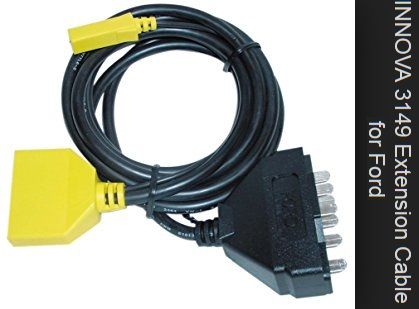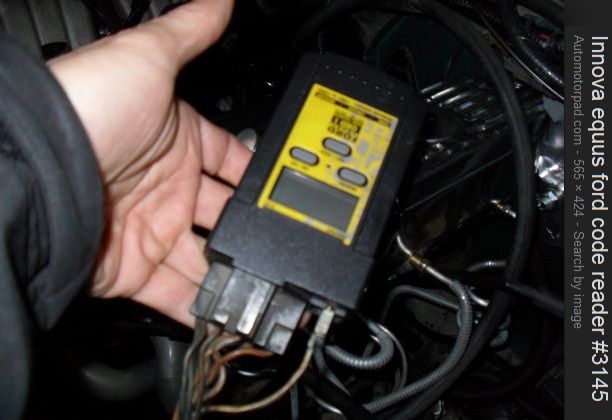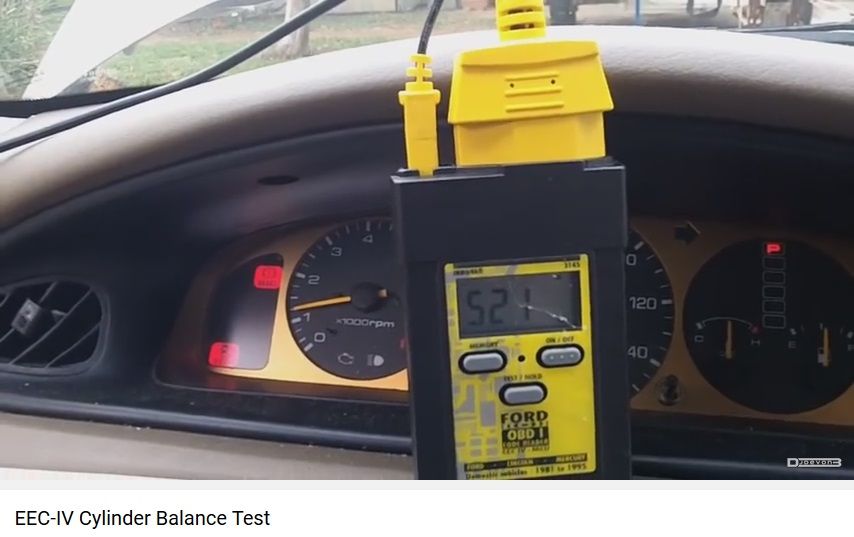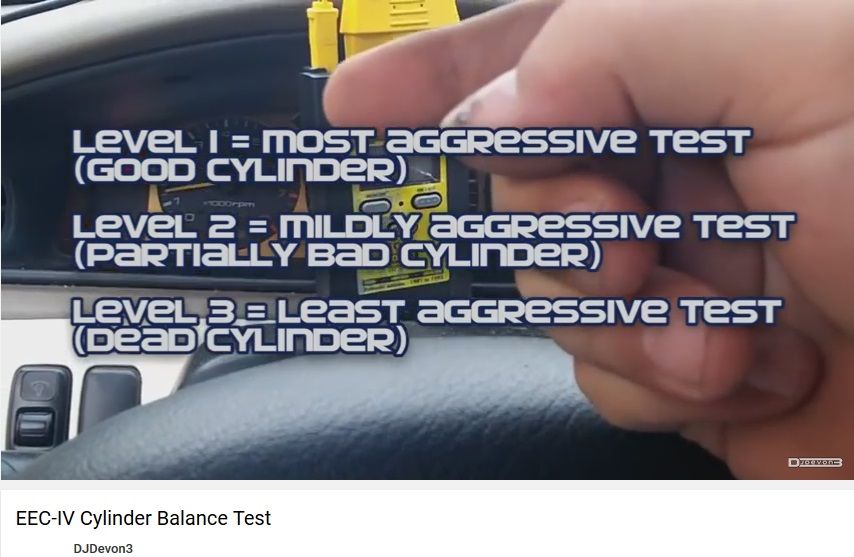This is why you might not need a 3145 Innova and 3149 cable....a good car guy can just use a sweep meter, and your good to go.
For anyone else,
I love EEK!Four. Its got multiple "issues", but once you use the book, it will give you a boat load of 1000% Helpfull data trouble codes to cross check. Its a flAg system.....you don't want to miss a trick, so spend 30 buxs on the 3145, and whatever the 3149 six foot chord is.
Now, before 1987,
all MCU or EECIII or EECIV's didn't use the Malfunction Indicator Light as a Check Engine Light.
What lookes like an OSIO "oh sh!+ its oil" light is hard wired to flash.
Some used the "Engine" light to perform the same function as a "Check Engine Light". It just doesn't flash of operate like the traditional CEL light, but you can count flashes if its jumpered with the old six port to earth spade mouth connector.
Some early Fords even in the EECII, EECIII and MCU era even allowed you to use what looks like just an oil pressure light, but Ford was very shifty on the early pre 1982 and 1980 on cars, and the EVTM books were retrorespectivley editied and the base version had the references to MIL info (Malfunction Indicator Light as a Check Engine Light) removed. You found it only in some 1984-1985 Propane Technical Service Bulletins, and its obscure.
The 3145/3149 combo is a modern incarantion of the old Star/Arctron logger.


My recomendation,




The least helpfull EECIV system, the carb 1-bbl YFA feedback trucks, become easy reads with this system. An 83 to 86 Mustang with EEICIV, its a cinch.
https://www.youtube.com/watch?v=7o_YLw2b5co
it forces you to dig deep, so the reader with an extension chord eliminates the hassle.
https://www.youtube.com/watch?v=-YYQKssOEOs




 Reply With Quote
Reply With Quote













Connect With Us